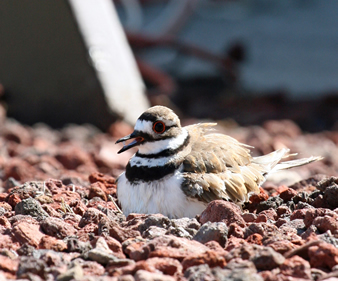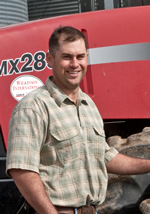The Rice Foundation’s Leadership Development Program gives young men and women a comprehensive understanding of the U.S. rice industry, with an emphasis on personal development and communications training. During a two-year period, class members attend four one-week sessions that are designed to strengthen their leadership skills. The class is comprised of five rice farmers and two industry-related professionals selected by a committee of agribusiness leaders.
Session II of the class took us on a visit to Chicago to understand how the Chicago Board of Trade is operated, the John Deere Headquarters in Moline, Illinois and then to Arkansas to visit growers and processors in the Stuttgart area, along with media and etiquette training along the way.

Being able to visit and experience these places was amazing! It makes you realize that although some of our methods in rice production may be different we all share some of the same challenges. Although Session III which covers California is about a year away I am eagerly awaiting the chance to show my fellow classmates this amazing industry that we call California Rice!
 Marc Breckenridge grew up on a family rice operation in Woodland and has been involved in the California rice industry his entire life. He has worked as Farm Manager at Lundberg Family Farms since 2007. He enjoys the challenges and rewards that organic farming brings and also loves knowing that every day brings something new in this industry. Marc is a graduate of California State University, Chico with a degree in agricultural business. When he is not on the farm he enjoys traveling, volunteering for organizations such as Active 20/30 and enjoying numerous outdoor activities.
Marc Breckenridge grew up on a family rice operation in Woodland and has been involved in the California rice industry his entire life. He has worked as Farm Manager at Lundberg Family Farms since 2007. He enjoys the challenges and rewards that organic farming brings and also loves knowing that every day brings something new in this industry. Marc is a graduate of California State University, Chico with a degree in agricultural business. When he is not on the farm he enjoys traveling, volunteering for organizations such as Active 20/30 and enjoying numerous outdoor activities.







